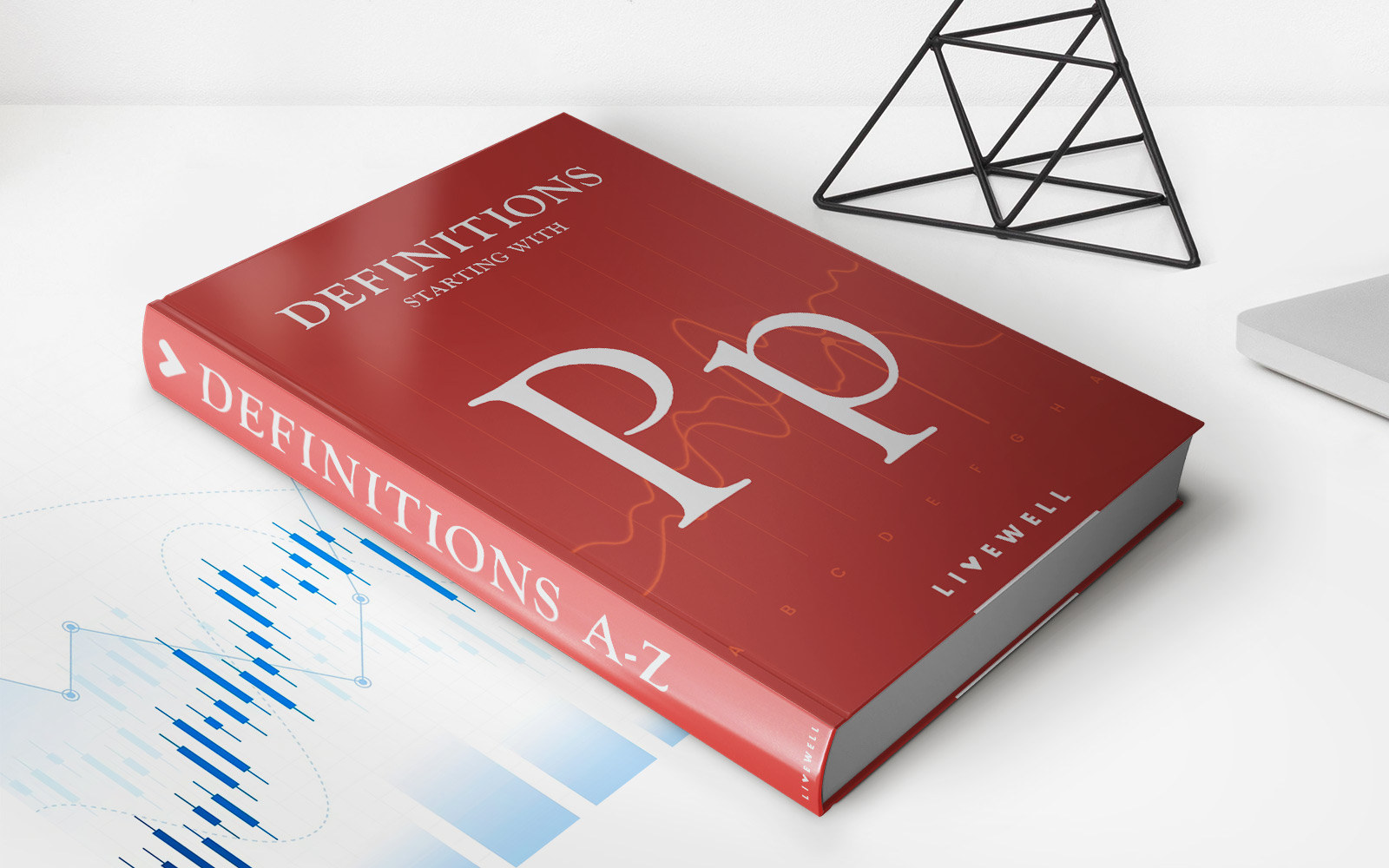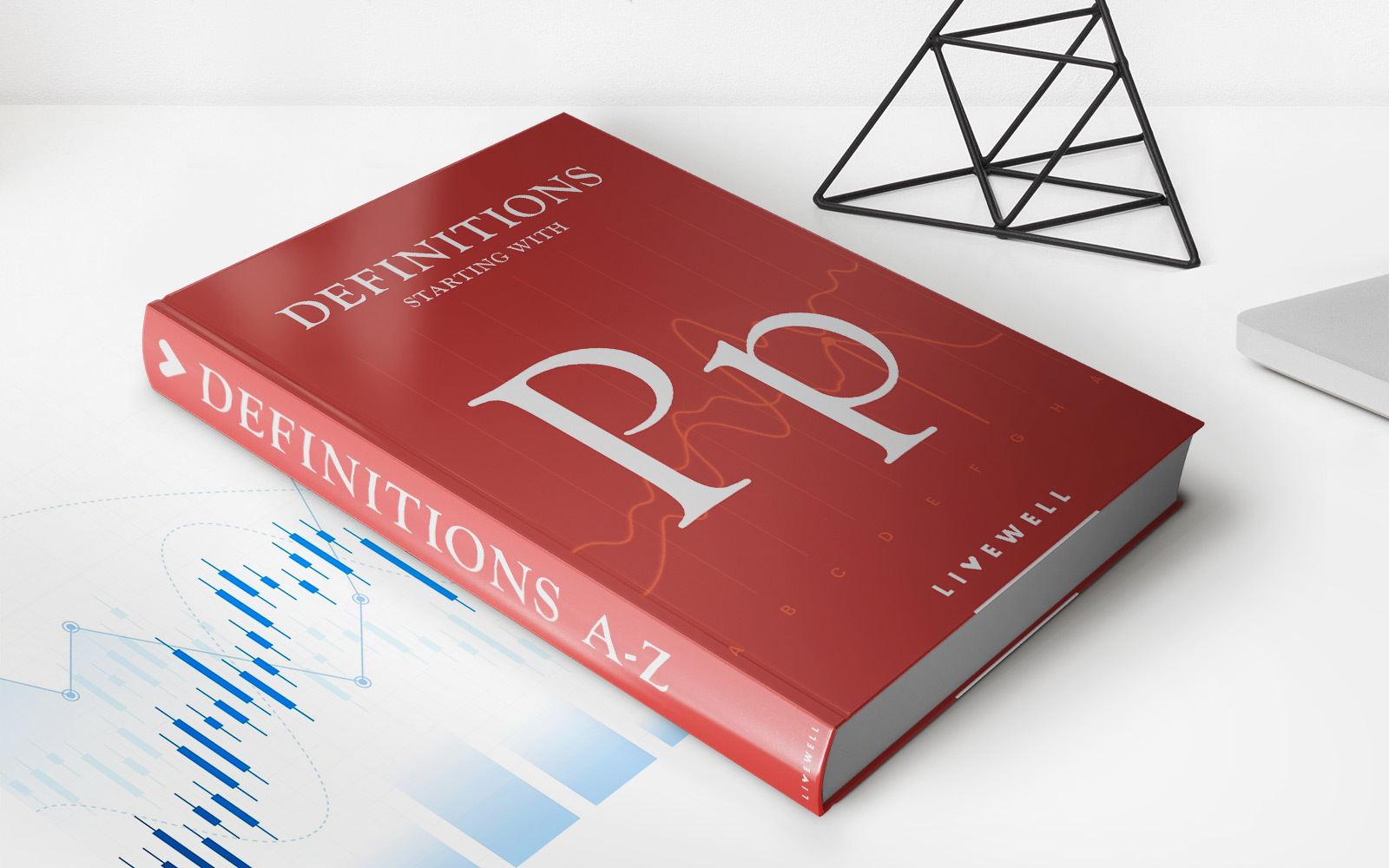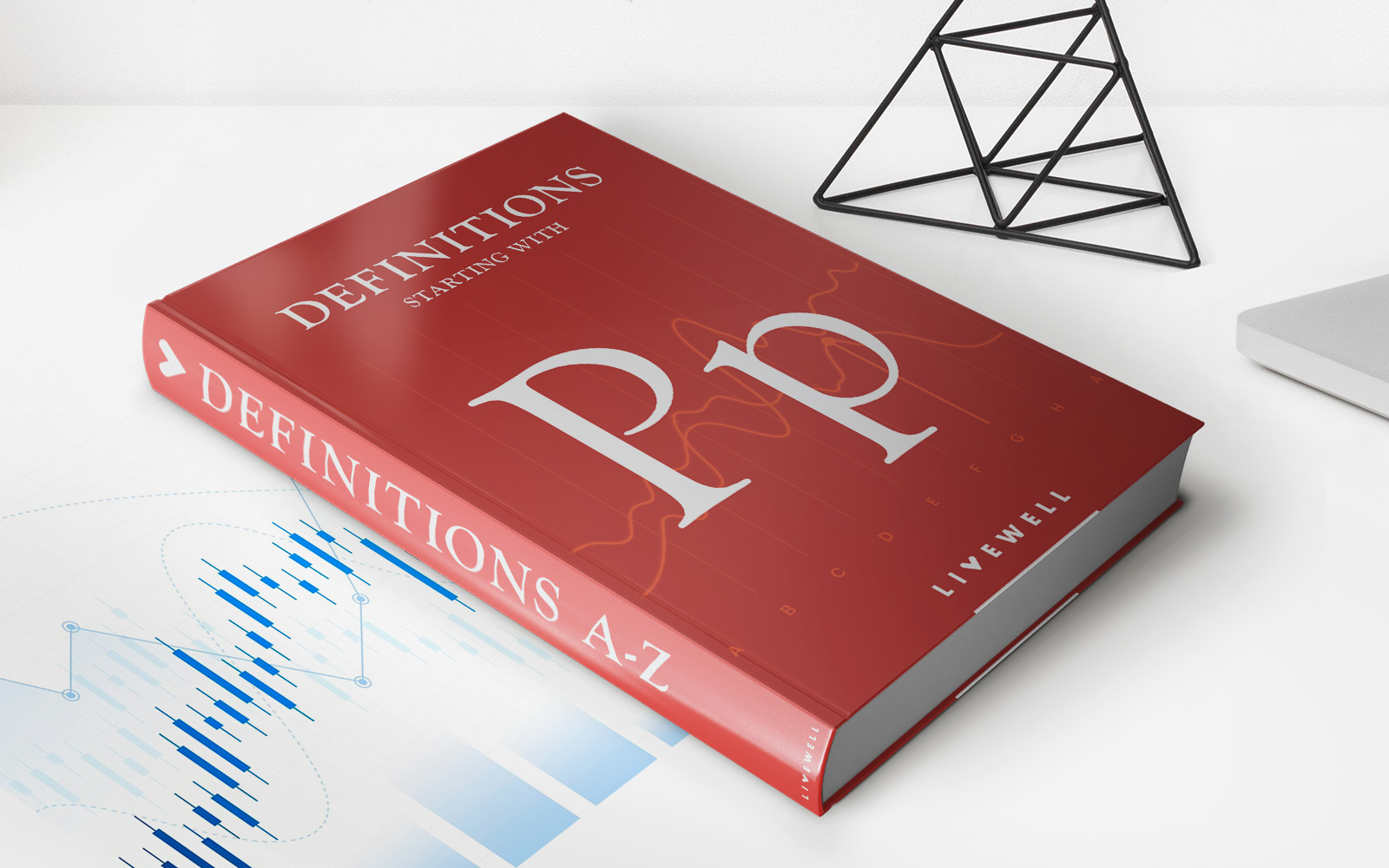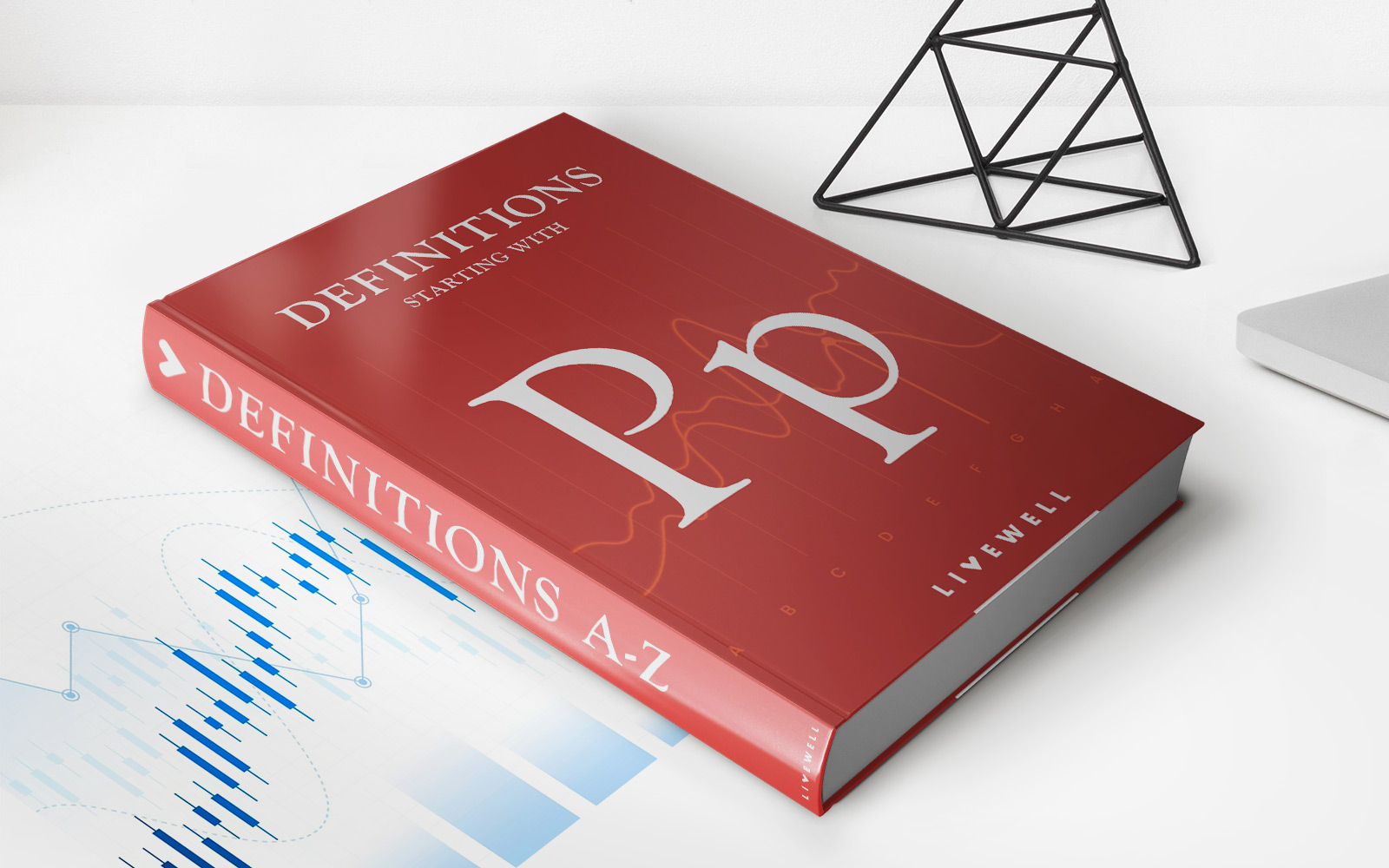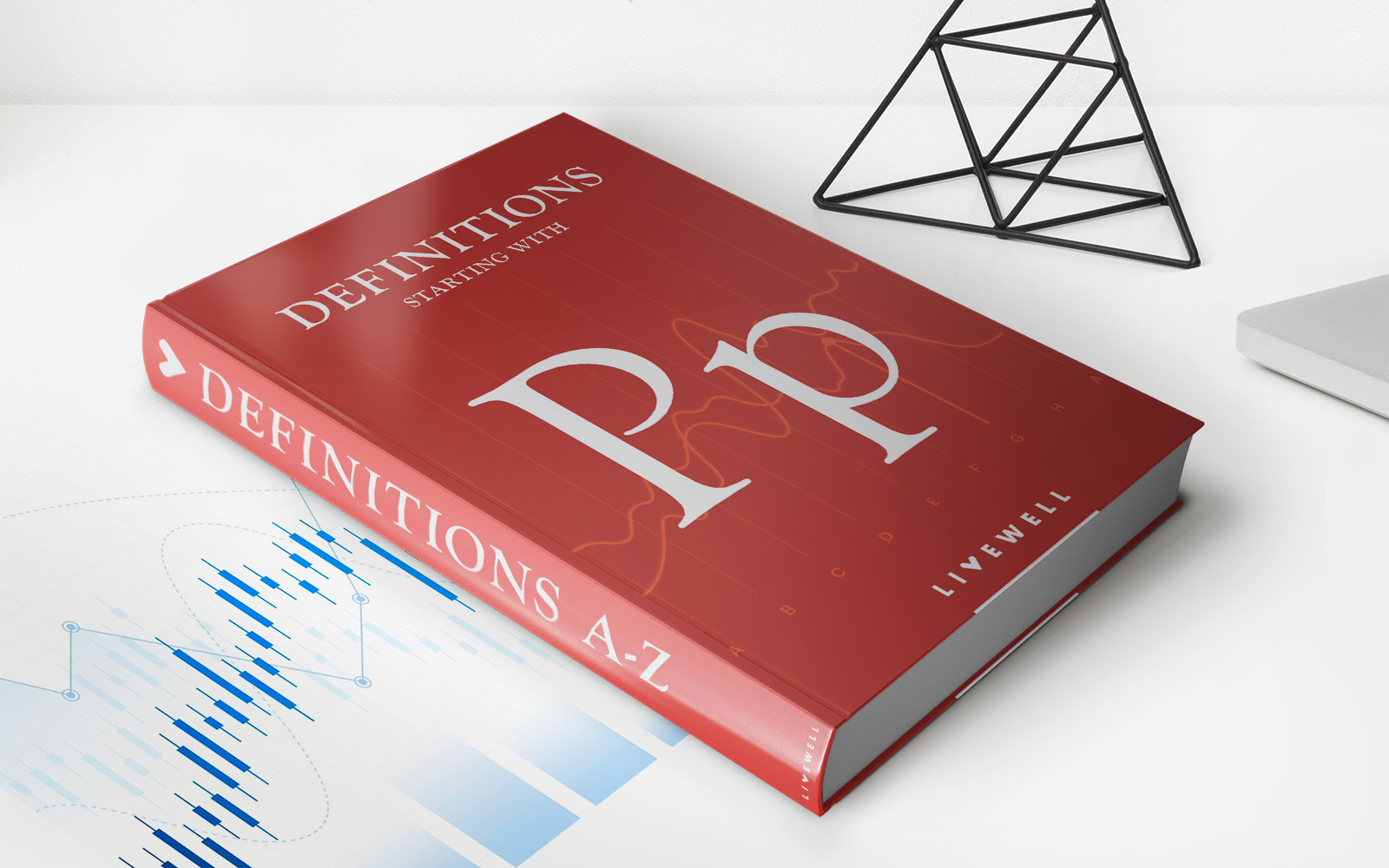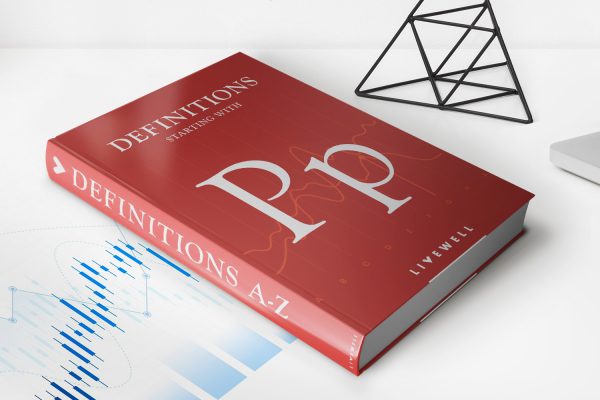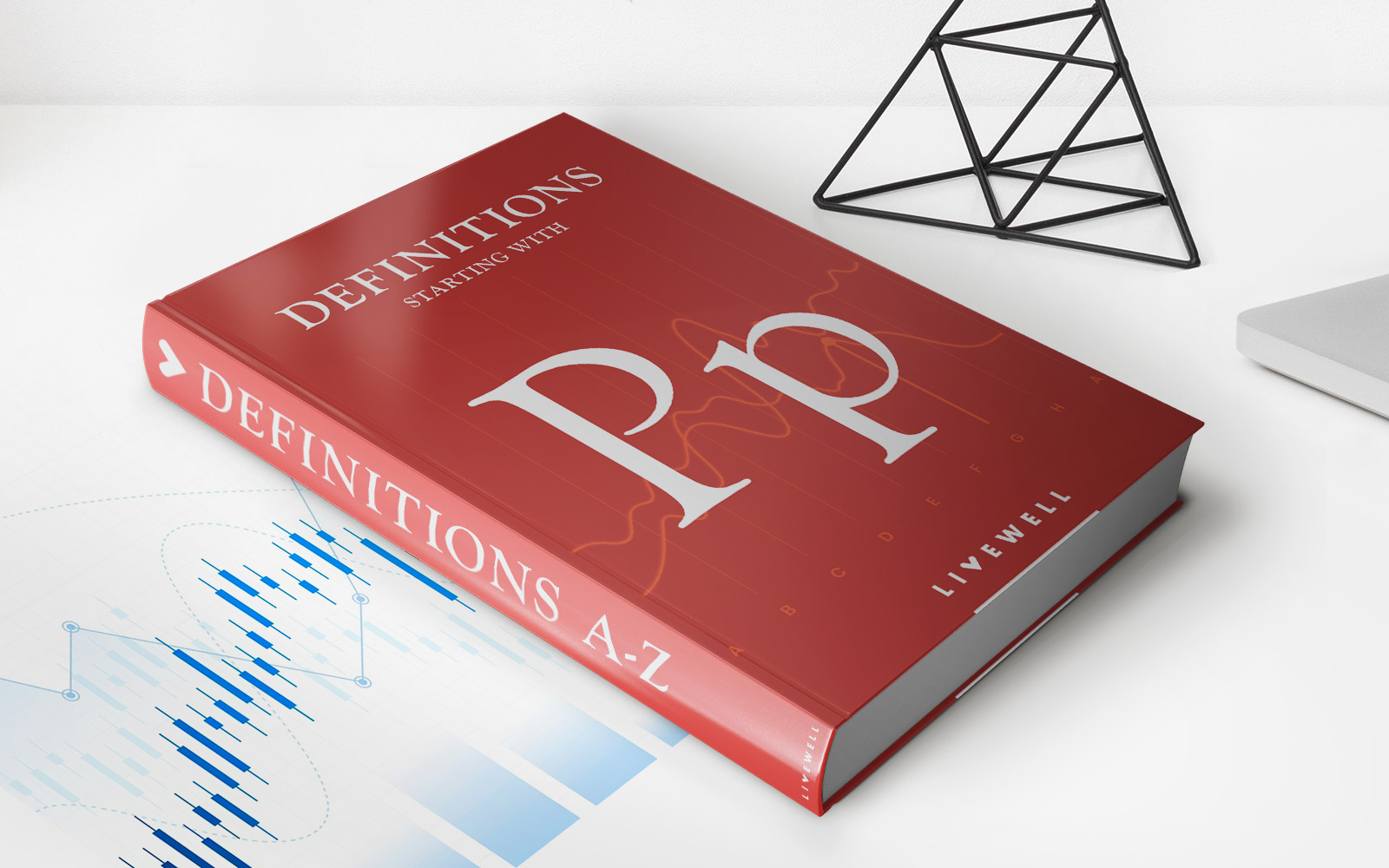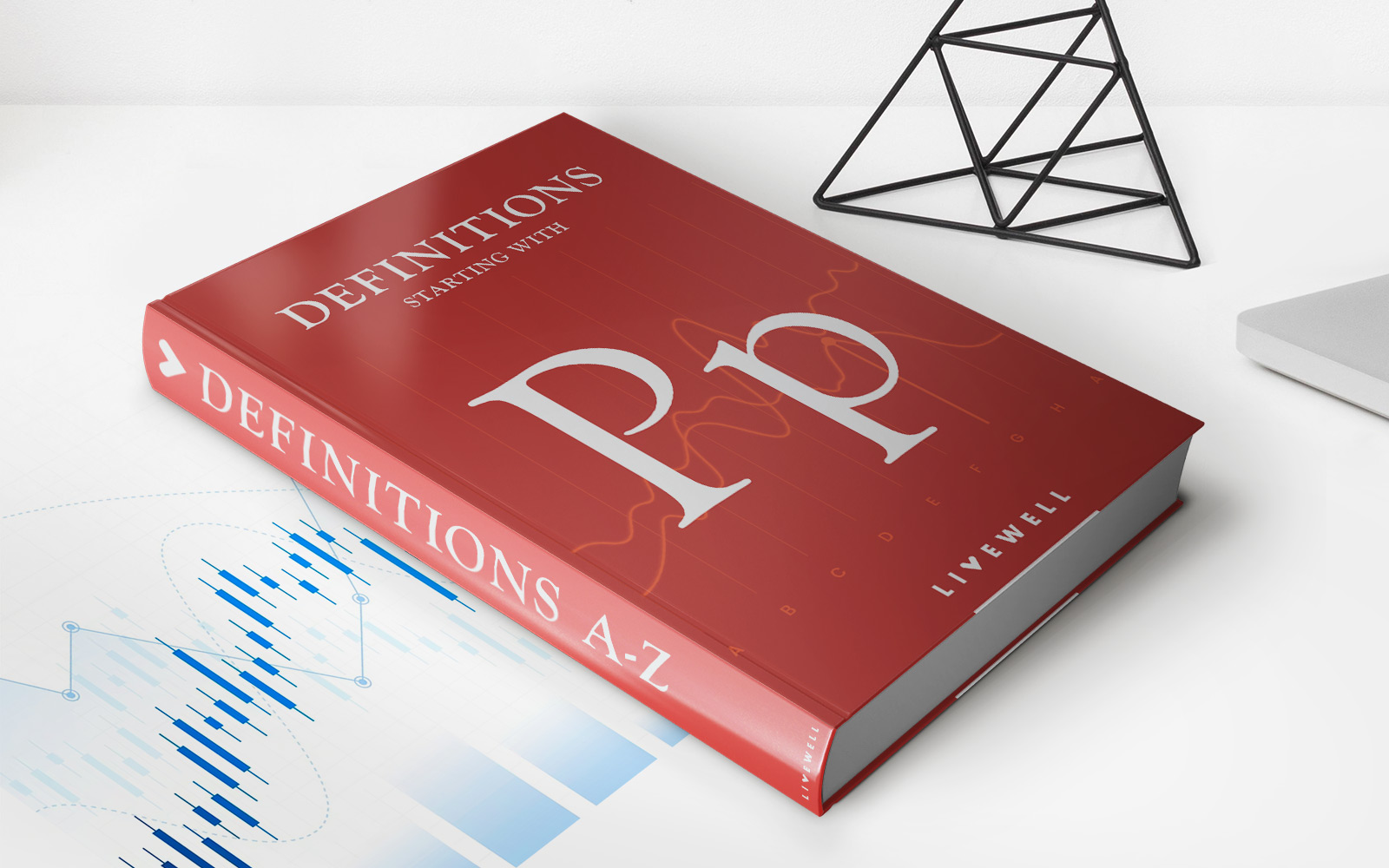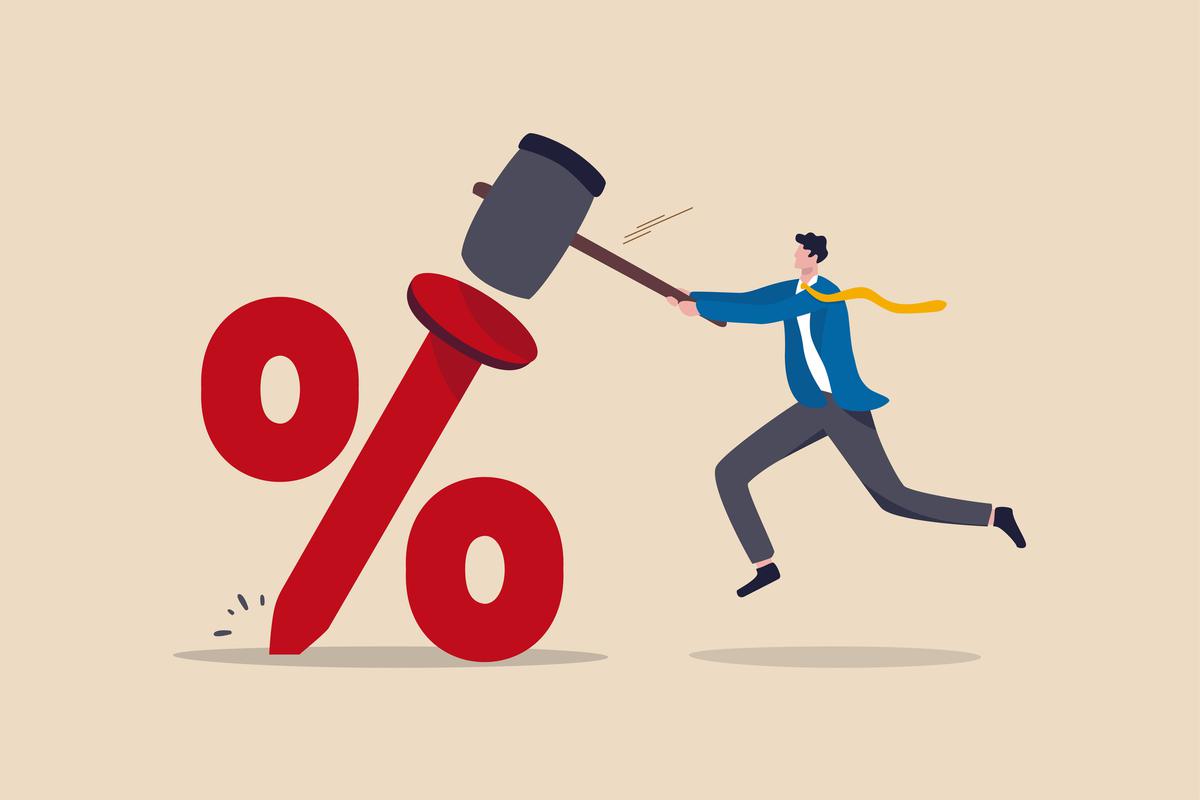

Finance
What Is C.P. On A Credit Card
Published: November 7, 2023
Learn about the meaning of C.P. on a credit card and its significance in finance. Gain insights into the financial aspects of credit cards and how they impact your overall financial situation.
(Many of the links in this article redirect to a specific reviewed product. Your purchase of these products through affiliate links helps to generate commission for LiveWell, at no extra cost. Learn more)
Table of Contents
Introduction
Welcome to the world of credit cards, where every swipe and purchase comes with its own set of terms and abbreviations. If you’ve ever glanced at your credit card statement and come across the acronym “C.P.”, you may be wondering what it actually means. Don’t worry, you’re not alone!
C.P. on a credit card stands for “credit protection”. It refers to a service offered by credit card companies to help protect cardholders from potential financial hardships, such as unemployment, disability, or even death. This added layer of security can provide peace of mind for cardholders knowing that their credit card balances are covered in specific situations.
While credit protection can be a valuable service, it’s important to understand how it works and how it may impact your credit card balance. In this article, we’ll delve deeper into the world of C.P. charges, debunk common misconceptions, and provide helpful tips for managing C.P. on your credit card.
So, let’s unravel the mystery and explore the ins and outs of C.P. charges on your credit card!
Definition of C.P. on a Credit Card
Credit protection (C.P.) on a credit card refers to an optional service provided by credit card companies to safeguard cardholders from unexpected financial circumstances. Essentially, it functions as an insurance policy that covers the cardholder’s outstanding balance in specific situations.
When a cardholder enrolls in a credit protection program, they typically pay a monthly fee, which is a percentage of their outstanding balance. In return, the credit card company agrees to suspend or reduce the cardholder’s payments if they experience specific qualifying events. These events usually include involuntary unemployment, disability, or even death.
The purpose of credit protection is to alleviate the financial burden on cardholders during challenging times, allowing them to focus on recovering from the unexpected circumstances that triggered the need for assistance. It can provide peace of mind and stability by ensuring that credit card balances are covered when individuals find themselves unable to meet their payment obligations.
It’s important to note that credit protection is an optional service, and not all credit card companies offer it. Therefore, it’s crucial to review the terms and conditions of your credit card agreement and understand whether or not you are enrolled in a credit protection program.
Now that we have a clear understanding of what C.P. on a credit card stands for, let’s explore how these charges can affect your credit card balance.
Understanding C.P. Charges
Now that we know the definition of C.P. on a credit card, let’s dive into understanding how these charges work. Credit protection charges are typically calculated as a percentage of your outstanding balance. The exact percentage may vary depending on the credit card company and the specific terms of the credit protection program.
When you enroll in a credit protection program, the monthly charges are added to your credit card statement as a separate line item. These charges are in addition to your regular credit card payments and any interest or fees that may apply.
It’s important to note that credit protection charges and the coverage provided are not applied retroactively. This means that if you enroll in a credit protection program after experiencing a qualifying event, the program will not cover the outstanding balance that existed prior to your enrollment. Instead, it will only cover future outstanding balances.
Additionally, it’s essential to carefully review the terms and conditions of the credit protection program. Some programs may have limitations or exclusions regarding the types of qualifying events that are covered. They may also specify a waiting period before coverage becomes effective. Understanding these details will help you make an informed decision about whether to enroll in a credit protection program or explore alternative options to protect your financial well-being.
Keep in mind that credit protection charges can add up over time. If you have a high credit card balance or if you anticipate needing protection for an extended period, it’s important to factor in the additional charges when considering the overall cost of credit protection.
Now that we have a solid understanding of how C.P. charges function, let’s explore how these charges can impact your credit card balance.
How C.P. Affects Your Credit Card Balance
When you enroll in a credit protection program, the monthly charges for credit protection are added to your credit card balance. This means that your outstanding balance will increase each month as you accumulate credit protection charges.
It’s important to note that credit protection charges, like any other charges on your credit card, will accrue interest if you carry a balance. The interest rate applied to credit protection charges may be different from the interest rate applied to regular purchases or cash advances. Therefore, it’s crucial to review the terms and conditions of your credit card agreement to understand how interest is calculated on credit protection charges.
While credit protection charges can provide a safety net in times of need, it’s essential to consider their impact on your overall financial situation. The added fees can increase your credit card balance and potentially accumulate interest, which could make it more challenging to pay off your credit card debt in the long run.
When assessing the impact of credit protection charges on your credit card balance, it’s important to weigh the potential benefits against the costs. Consider your current financial circumstances, such as your ability to make payments, the likelihood of experiencing a qualifying event, and alternative methods of financial protection that may be available to you.
Ultimately, the decision to enroll in a credit protection program should be based on your individual needs and circumstances. It’s recommended to carefully review the terms and conditions of the credit protection program, including the cost of monthly charges and the specific coverage provided, to determine if it aligns with your financial goals and priorities.
Now that we understand how credit protection charges can impact your credit card balance, let’s address some common misconceptions about C.P. on credit cards.
Common Misconceptions about C.P. on Credit Cards
As with any financial service or product, there can be misconceptions or misunderstandings surrounding credit protection (C.P.) on credit cards. Let’s address some of the common misconceptions:
1. C.P. is the same as credit card insurance: While credit protection and credit card insurance may sound similar, they are not the same thing. Credit protection is a service provided by credit card companies to help cover a cardholder’s outstanding balance in specific circumstances, such as unemployment or disability. Credit card insurance, on the other hand, typically refers to a separate insurance policy that protects against theft, loss, or unauthorized charges on the credit card.
2. C.P. covers all types of financial hardships: Credit protection programs have specific criteria for what qualifies as a covered event. Typically, they cover events like involuntary unemployment, disability, or death. However, they may not cover events such as voluntary job loss or self-employment income reduction. It’s important to review the terms and conditions of your specific credit protection program to understand the scope of coverage.
3. C.P. is mandatory: Credit protection is an optional service offered by credit card companies. It’s not automatically included with your credit card, and you have the choice to enroll or decline the program. If you’re unsure whether you have credit protection on your credit card, review your credit card agreement or contact your credit card company for clarification.
4. C.P. eliminates all financial responsibilities: While credit protection can provide temporary relief in certain situations, it does not eliminate your financial obligations entirely. You are still responsible for making your regular monthly payments, and interest may continue to accrue on your outstanding balance.
5. C.P. is the only way to protect against financial hardships: Credit protection is just one option for protecting your credit card balance during unexpected financial circumstances. Other alternatives may include disability insurance, personal savings, emergency funds, or unemployment benefits. It’s important to evaluate your individual circumstances and consider all available options before deciding on credit protection.
By dispelling these misconceptions, you can make informed decisions about whether credit protection is the right choice for your financial situation. Now, let’s take a look at some examples of C.P. charges on credit cards.
Examples of C.P. Charges
To provide a better understanding of how credit protection charges can vary, let’s explore a few examples:
Example 1: Sarah has a credit card with a $5,000 balance and decides to enroll in a credit protection program. The program charges a monthly fee of 0.75% of the outstanding balance. Therefore, Sarah’s credit protection charge would be $37.50 ($5,000 x 0.0075). Each month, this charge would be added to Sarah’s credit card balance.
Example 2: Michael has a credit card with a $10,000 balance and enrolls in a credit protection program with a monthly fee of 1% of the outstanding balance. This would result in a credit protection charge of $100 per month ($10,000 x 0.01).
Example 3: Emily has a credit card with a $2,500 balance and is enrolled in a credit protection program with a monthly fee of 1.5% of the outstanding balance. Her credit protection charge would be $37.50 ($2,500 x 0.015) per month.
These examples illustrate how credit protection charges can vary based on the outstanding balance and the percentage applied by the credit protection program. It’s important to note that these charges are in addition to any interest or fees that may be applicable to the credit card balance.
When considering whether to enroll in a credit protection program, it’s essential to calculate the potential cost of the program based on your specific balance and the program’s fee structure. Comparing these costs to the potential benefits and evaluating alternative methods of financial protection can help you make an informed decision.
Now, let’s explore some tips for managing credit protection charges on your credit card.
Tips for Managing C.P. on Your Credit Card
Managing credit protection (C.P.) charges on your credit card requires careful consideration and planning. Here are some tips to help you navigate and make the most of this service:
1. Evaluate your needs: Before enrolling in a credit protection program, assess your financial situation and determine if it aligns with the coverage provided. Consider your job stability, existing insurance coverage, and other sources of financial protection available to you.
2. Read the fine print: Carefully review the terms and conditions of the credit protection program. Understand the qualifying events, coverage limitations, waiting periods, and the cost structure. Ensure that you are familiar with the program’s cancellation policy, so you can make changes if necessary.
3. Consider the potential costs: Calculate the total cost of the credit protection charges over time based on your outstanding balance and the fee structure. Compare this cost to the potential benefits and alternative methods of financial protection. Make an informed decision by weighing the costs against the peace of mind it may provide.
4. Monitor your credit card statements: Regularly review your credit card statements to ensure that the credit protection charges are accurate and in line with your expectations. Report any discrepancies or issues to your credit card company promptly.
5. Explore other forms of financial protection: Consider alternative options, such as disability insurance or emergency savings, that may provide similar coverage without the associated credit protection charges. It’s crucial to evaluate all available options and choose the ones that best suit your needs and financial goals.
6. Keep track of your overall debt: Remember that credit protection charges are in addition to your regular credit card payments. Be mindful of your total debt and create a budgeting strategy to manage your credit card balance effectively. Prioritize paying off your debts and consider seeking financial advice if needed.
By following these tips, you can make informed decisions about managing credit protection charges on your credit card. It’s essential to consider your individual circumstances, weigh the costs and benefits, and explore alternative methods of financial protection.
Now, let’s wrap up with some final thoughts on credit protection charges.
Final Thoughts on C.P. Charges
Credit protection (C.P.) charges on credit cards can provide a safety net for cardholders during unexpected financial hardships. By enrolling in a credit protection program, individuals can have peace of mind knowing that their outstanding balances are covered in specific qualifying events.
However, it’s essential to carefully evaluate the costs and benefits of credit protection charges. Consider your financial situation, existing insurance coverage, and alternative methods of financial protection. Calculate the total cost of the credit protection charges over time and determine if it aligns with your financial goals.
Remember that credit protection charges are in addition to your regular credit card payments and may accrue interest if you carry a balance. It’s crucial to monitor your credit card statements and ensure that the charges are accurate and in line with your expectations.
While credit protection can provide temporary relief, it’s important to be proactive in managing your overall debt. Create a budgeting strategy, prioritize paying off your debts, and explore other forms of financial protection, such as disability insurance or emergency savings, that may be more suitable for your needs.
Ultimately, the decision to enroll in a credit protection program should be based on your individual circumstances and financial goals. It’s recommended to carefully review the terms and conditions of the program, seek financial advice if needed, and make an informed decision that aligns with your long-term financial well-being.
Remember, credit protection is just one tool in your financial toolbox. It’s essential to maintain a holistic approach to managing your finances and explore all available options that will best protect and support your financial future.
Now that you have a comprehensive understanding of C.P. charges on credit cards, you can make informed decisions and confidently navigate the world of credit protection. Stay proactive, stay informed, and take control of your financial well-being.
